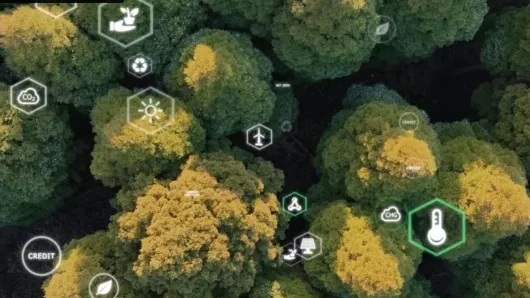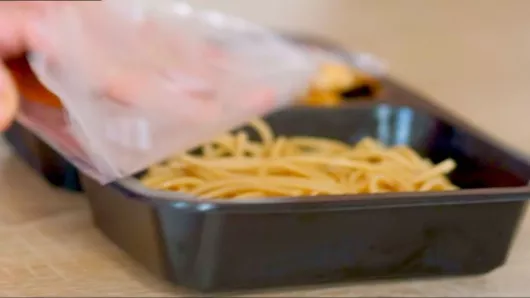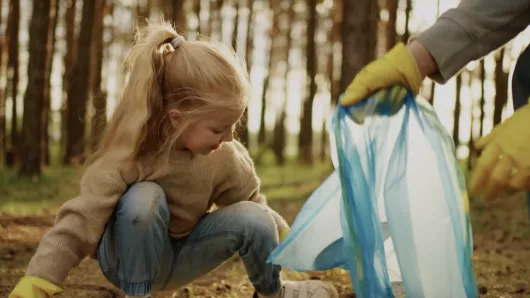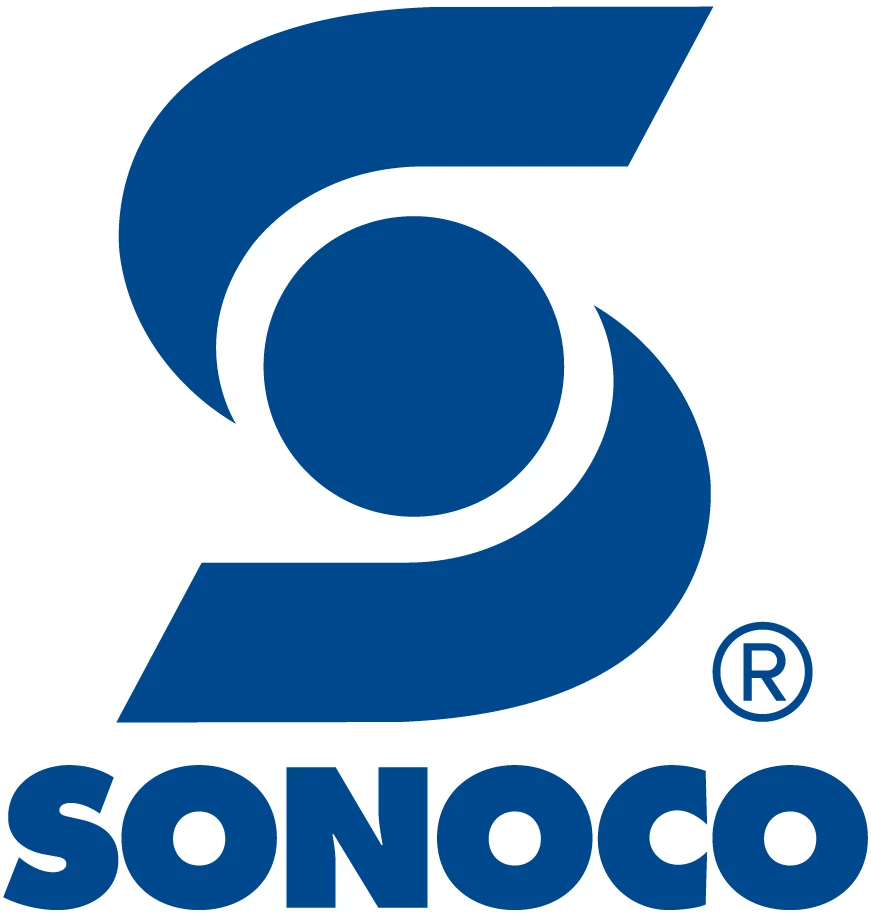One of the foremost goals of Sonoco and other industry leaders is to provide innovative and sustainable packaging solutions that include more recycled content in the package, and are more recyclable. Of great concern is the end of life model for plastic packaging. Plastic packaging is highly functional, providing protection, barrier, ease of handling, clarity, and shape variety. These characteristics make it a package of choice for many brands. However, there is a need to reduce the use of virgin plastics, promote circularity and identify suitable end of life solutions for plastics. There are two ways to recycle plastics today- mechanical and chemical, or advanced recycling processes. What are these methods and which is better for our environment and for consumers? Let's unpack it.
Mechanical vs. Chemical Recycling
Mechanical recycling is the most traditional form of recycling our materials. It's also the most common cost-effective solution. We use mechanical recycling for most items found in our recycling bins.
Take, for example, a plastic bottle. In mechanical recycling, that bottle is washed clean of impurities, and broken down into tiny pieces, separated from other plastics, melted down into pellets, and used to make another product like a plastic tray. With chemical recycling, heat and/or chemicals break the bottle down into basic building blocks like carbon dioxide, water, low molecular weight compounds, monomers, or polymers. These molecules can be used to reduce like-virgin plastics, which can be converted into plastic products and packages.
Unlike mechanical recycling, chemical recycling can process different plastic types at once. The polyethylene used for a milk jug and polypropylene typically found in a tray can be combined in a chemical recycling process and successfully turned back into base molecules. In mechanical recycling, these items cannot be mixed. They must be sorted at material recovery facilities or processing centers, and then processed as one type of plastic back into that same type of plastic. In other words, the presence of polypropylene in a batch of polyethylene to be recycled would result in a contaminated lower quality recycled polyethylene material.
Why Isn't Chemical Recycling More Popular?
So, if chemical recycling gives us more options, why isn't it used more often? A couple of reasons. First is the environment. Chemical recycling requires more energy and heat to process. Secondly, it's currently more expensive than mechanical recycling, therefore, it's difficult to implement on a larger scale. However, chemical recycling yields a virgin-like material and can be used to recycle mixed plastic products or streams that cannot be handled with mechanical recycling. Chemical recycling could encourage more recycling of mixed plastics with fewer limitations on packaged type and enhance the performance and lifecycle of our packaging. And that's why we're looking at both methods.
Conclusion
So now that we've unpacked it, what do you think? Can both coexist? Mechanical and chemical recycling are complimentary systems that will benefit the circular economy in a meaningful way and can help us divert waste from landfills. Using different processes for different applications can help us overcome inherent limitations and better deliver on our better packaging, better life promise to create a more sustainable future for all. And that's this episode of sustainability unpacked.




